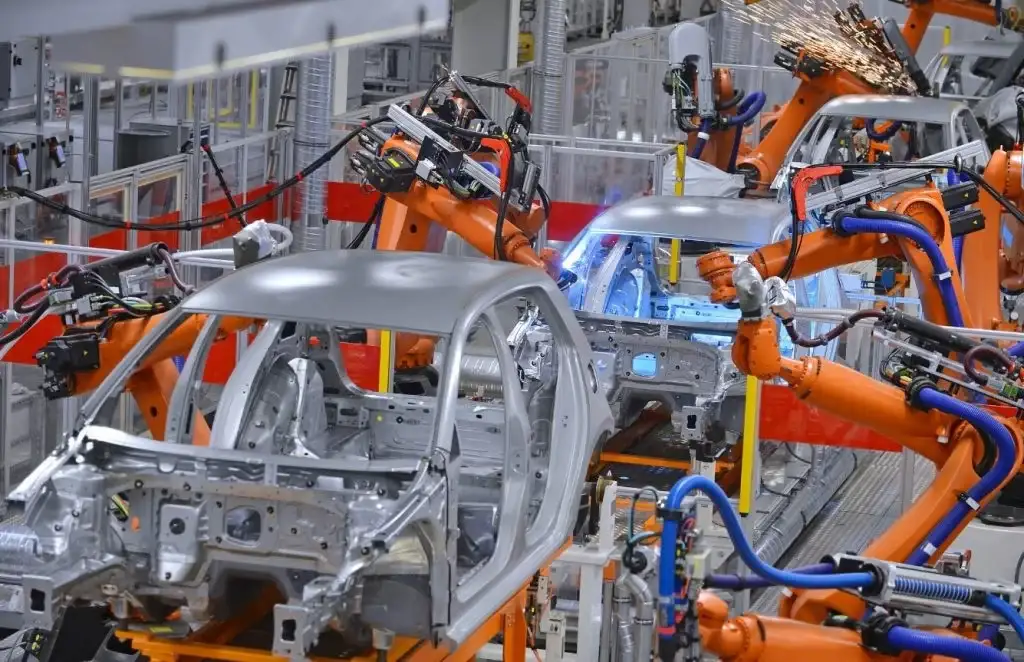In the fast-paced world of automotive manufacturing, ensuring the highest level of quality control is paramount. Any defect or flaw in a vehicle can result in safety hazards, costly recalls, and damage to a brand’s reputation. To address these challenges, the automotive industry has turned to the power of Visual Inspection Systems (VIS). In this article, we will explore the significant role VIS plays in streamlining quality control processes within automotive manufacturing.
Understanding Visual Inspection Systems (VIS)
Visual Inspection Systems, often referred to as machine vision systems, are advanced technologies that employ cameras, sensors, and artificial intelligence algorithms to inspect and analyze components, assemblies, and finished products in real-time. These systems mimic human vision capabilities, allowing them to identify even the smallest defects and irregularities that may be imperceptible to the naked eye.
The Evolution of Quality Control
Historically, quality control in automotive manufacturing heavily relied on manual inspection, which was both time-consuming and susceptible to human error. With the introduction of Visual Inspection Systems, the industry has witnessed a transformative shift towards automation, accuracy, and efficiency.
Advantages of Implementing Visual Inspection Systems
Enhanced Accuracy and Consistency
VIS can tirelessly and consistently inspect every part of a vehicle with pinpoint accuracy. This eliminates the variability associated with human inspection, leading to a higher standard of quality.
Increased Production Speed
By conducting inspections in real-time, VIS allows manufacturers to identify and address defects immediately, reducing production bottlenecks and improving overall throughput.
Cost Savings
While the initial investment in Visual Inspection Systems can be significant, the long-term cost savings are substantial. Fewer defects mean fewer recalls, warranty claims, and associated costs.
Data-Driven Decision Making
VIS generates a wealth of data that can be analyzed to optimize manufacturing processes further. Manufacturers can identify trends and patterns in defects, enabling proactive problem-solving.
Implementing Visual Inspection Systems
Integration into Existing Production Lines
Manufacturers can seamlessly integrate VIS into their existing production lines. The flexibility of these systems allows for customization to suit specific needs.
Training and Maintenance
Proper training and regular maintenance of VIS are essential for their continued effectiveness. Manufacturers must invest in the skills and resources required for system upkeep.
Overcoming Challenges
While Visual Inspection Systems offer numerous benefits, they are not without challenges. Manufacturers must address issues related to software complexity, lighting conditions, and the need for periodic system upgrades. Additionally, VIS may struggle with inspecting highly reflective surfaces or intricate components.
As regulations evolve and technology continues to advance, we can expect to see even more innovations that will transform the way we drive. Don’t miss out on the tremendous benefits that Trident’s Visual Intelligence Systems offer. Contact Trident today to learn more about how these innovative solutions can transform your Business.
Conclusion
In conclusion, Visual Inspection Systems have become indispensable tools in the automotive manufacturing industry. Their ability to enhance accuracy, increase production speed, and reduce costs makes them a wise investment for any manufacturer looking to streamline quality control processes. As technology continues to advance, VIS will only become more sophisticated, further solidifying their role in maintaining the highest standards of quality in automotive production.
FAQs
- What is the primary purpose of VIS in automotive manufacturing?
- VIS are primarily used to ensure the highest level of quality control by identifying defects and irregularities in automotive components and assemblies.
- Are Visual Inspection Systems suitable for all types of automotive manufacturing?
- While VIS can be customized to suit various manufacturing needs, they may face challenges when dealing with highly reflective surfaces or intricate components.
- How do VIS contribute to cost savings?
- By detecting defects in real-time, VIS reduces the number of recalls, warranty claims, and associated costs, leading to significant long-term savings.
- What is the role of artificial intelligence in VIS?
- Artificial intelligence algorithms enable VIS to analyze images and data, making it possible to detect even subtle defects and variations.
- How can manufacturers ensure the ongoing effectiveness of VIS?
- Manufacturers must provide proper training and regular maintenance to ensure the continued accuracy and reliability of VIS in their production processes.



